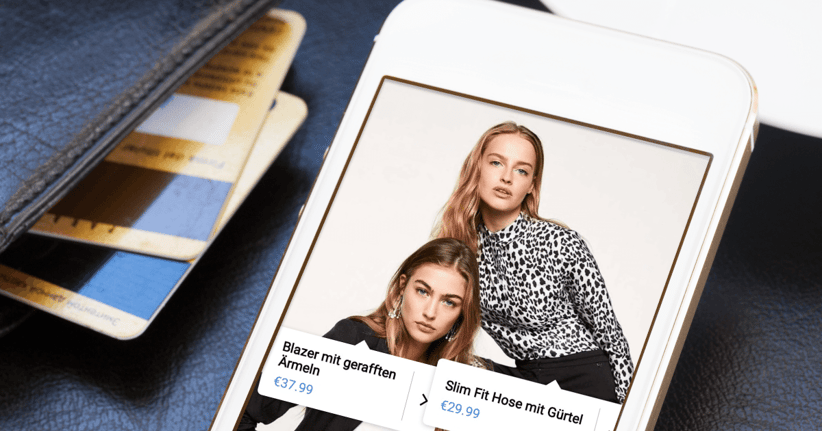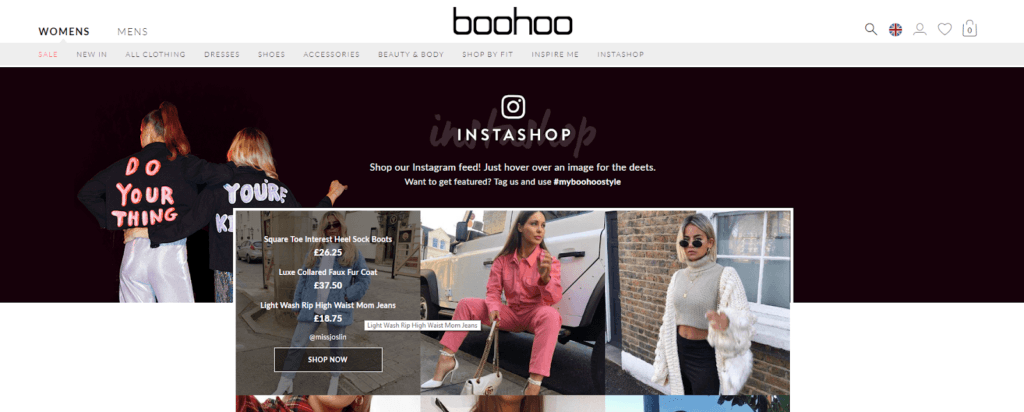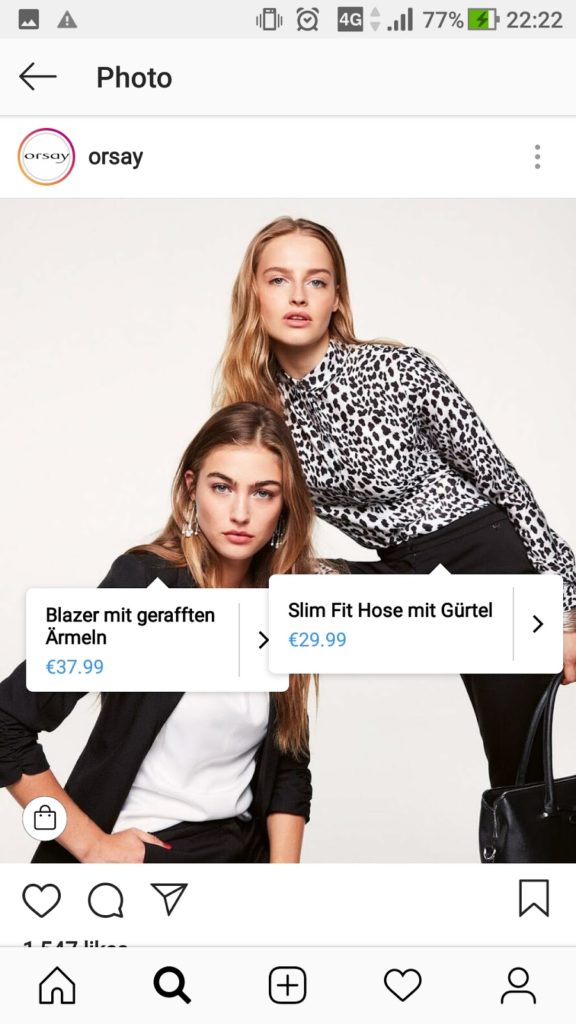Over ⅓ of customers declares that they were inspired by products first presented on Instagram. It is an important step, and often the first, in the buyer’s’ journey. Here’s how eCommerce can use it to drive conversions and revenue.
By the number of active users, Instagram is one of the most popular social network sites worldwide and the engagement of its users is much higher than on Facebook, Twitter or even Snapchat.
Instagram, the platform which was dedicated only to sharing photos, in a relatively short time, has turned into a powerful machine driving sales. Certainly, to some extent, the increase in popularity of omnipresent influencers has contributed to this, but the thing is that Instagram loves brands. Especially from the fashion, beauty or fitness industries where first impressions play a big part in buyers’ decisions. The numbers behind it are clear: 70% of users look up a brand on Instagram, 80% of users follow at least one brand on Instagram and 7/10 Instagram hashtags are branded.
It is worth mentioning that Instagram plays a very important role in the fashion industry. Retailers put Instagram photos on their sites as part of their content marketing strategy and inspiration for shoppers. It can also become a powerful sales tool, like boohoo’s additional tab “instashop” where you can buy clothes directly from the photos of bloggers and influencers. In this case, the user doesn’t even have to look for a specific thing in the store, he picks products directly from the Instagram feed.
Boohoo’s Instashop offers products via Instagram feed and turns customers into influencers (source: https://www.boohoo.com/instashop)
Many retailers will probably take a similar path – but before you decide to join them, let’s go through the typical buyer’s’ journey that starts with scrolling Instagram.
Typical Instagrammers’ buyer journey
Let’s say that Gina is a typical Instagrammer: around twenty years old, living in a major city, regularly observes various profiles connected to the fashion, beauty and lifestyle industries. Think about what she is like. She’s a fashion lover, seeks out trends, maybe even aspires to be an influencer. She depends on the opinions of other people, would like to get approval from them and be seen as a fashionable person.
One day her favorite fashion blogger, let’s say Chiara Ferragni, publishes her new outfit with an amazing pair of shoes. Delighted by the stylization, and thanks to the brand’s hashtag, Gina enters the profile of the shoe brand where she is redirected to their mobile store. She finds the blogger’s shoes in the brand’s latest collection and, by the way, she gets acquainted with the store’s wide range of products.
Will she make a purchase? Well, that is highly probable but to let her finish this buyer’s journey. the shoe brand must be sure that her engagement won’t be stopped by lack of a mobile-first page, slow performance of the store or by either an overcomplicated, or insecure, payment method. The impressions associated with the store’s mobile site will be significant and can affect Gina’s long-term relations with the brand.
Will the site encourage her to buy, will it load quickly, and is the navigation of the site intuitive? Every business owner from the eCommerce industry has to ask these questions to be able to count on a satisfactory conversion from his online shop. You have to be sure that you are ready to offer your customers a mobile-first experience.
Turning an Instagrammer into shopper
Over the past few years, the strength of Instagram sales power has grown and recently took a serious step in the eCommerce industry. For a long time, famous brands pinned the names and prices of products to the added photos, but now the process has gone a step further.
On one hand, Instagram itself has introduced the sales function, where brands can sell products posted in your Facebook store. On the other, the whole internet has turned towards mobile devices, and modern technologies like AMPs or progressive web apps make online stores fully accessible to mobile users.
According to statistics, about 74% of customers say that social media help them decide what to buy, and now these people can be seamlessly redirected to a given product page on their device of choice. The potential of this functionality is huge.
What is important is that Instagram traffic comes from 100% mobile devices, so you should take care to implement the best possible mobile user experience.
Is your store ready for mobile-first customers?
When you are in doubt whether your online store will attract a satisfying number of customers and provide them with a unique shopping experience, check it with the Lighthouse tool. This audit takes about 60-90 seconds, after which, you’ll receive very meaningful data impacting your online store.
One of the Lighthouse audit results will tell you if the web page meets the requirements of Progressive Web Apps. This modern technology is seen as a new standard for building mobile-first websites. Among its many advantages, it is worth mentioning that a PWA can work offline and the shopper can browse the items even with a poor or no internet connection. It loads much faster than a responsive site, reduces server load and can let you save up to 75% of the costs of a native app. An amazing example is DW Shop, a hair cosmetics shop that 100% focuses on Instagrammers.
In terms of development, you can decide if you want to build your PWA from scratch, use a clean framework such as Vue Storefront, or use a mobile-first eCommerce platform like Storefront Cloud.
Whichever you decide, a PWA will help you to create a unique shopping experience designated for mobile users.
Learn more in the beginners’ guide to PWA.
Published January 29, 2019














